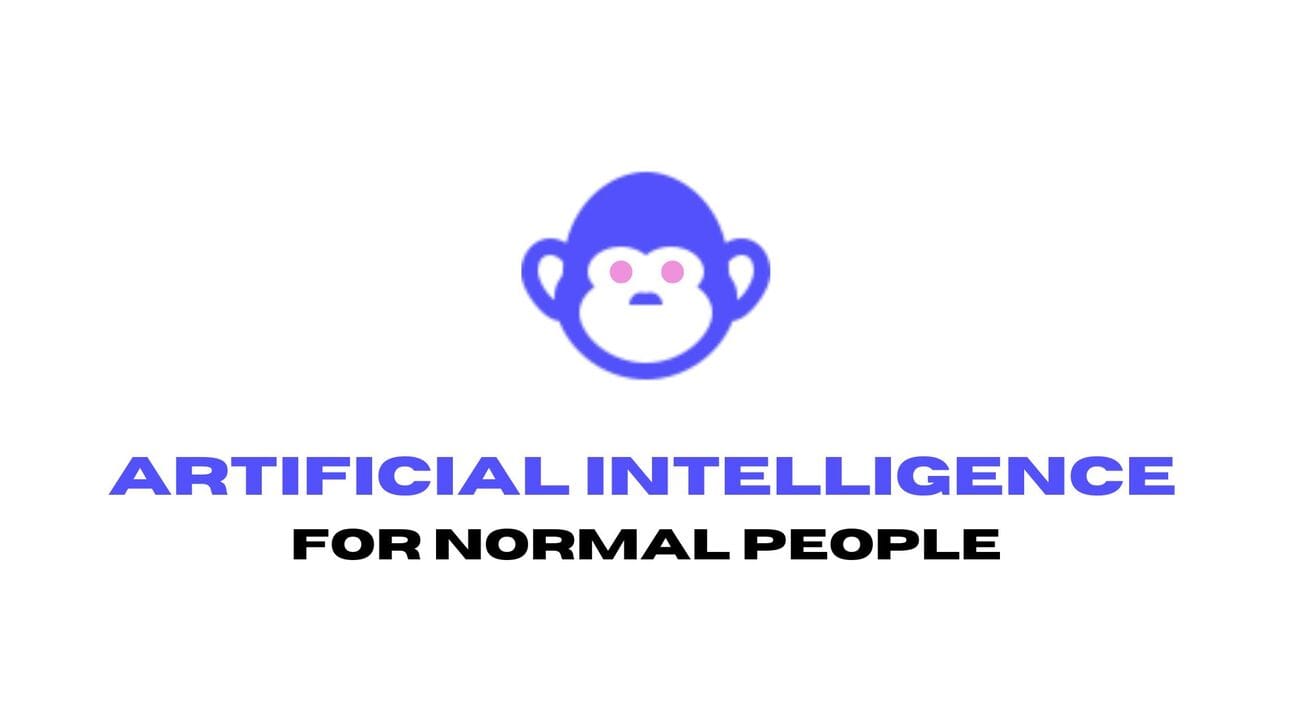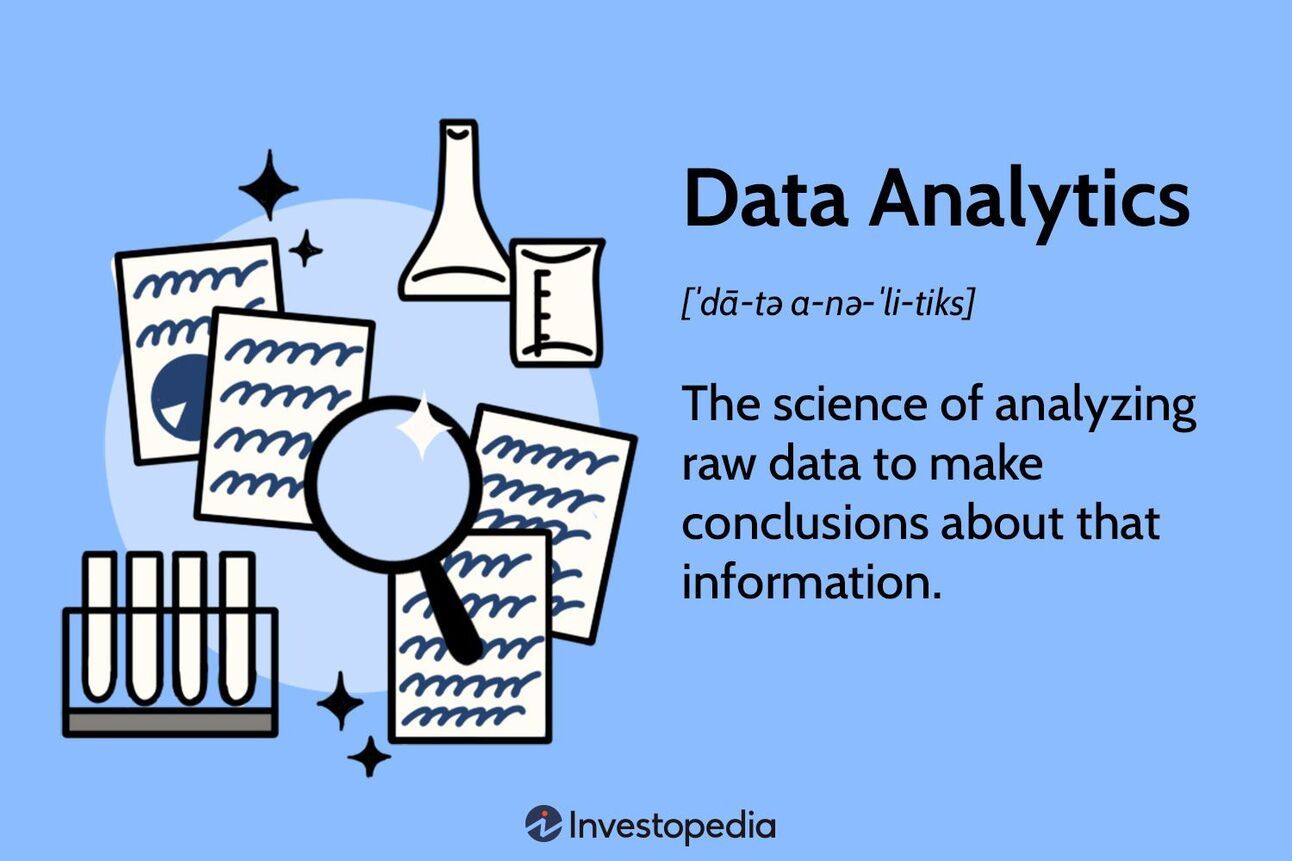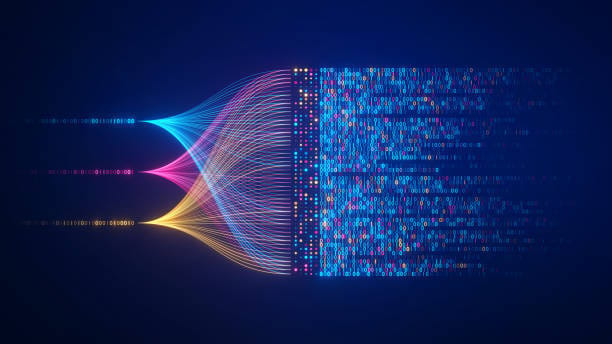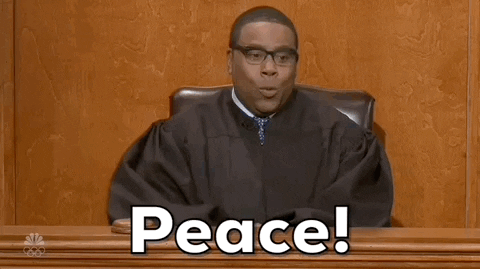- AI for Normal People
- Posts
- Data Analytics
Data Analytics
Understanding Yesterday to Understand Tomorrow.

Happy Tuesday, folks. Today’s newsletter is a framework type of day. Let today's thoughts frame how you view and use AI. Let’s hop in.
Joke of the Day
Before we get started…
hahahahahaha
we've reached agi...
— Zander Huff (@zanderfnp)
12:47 AM • Mar 12, 2024
We’re going to do one of these every day. It’s times like these everyone needs to laugh a little more. If you have a good joke about AI, email me! 🤠
DATA ANALYTICS
How We Got Here

It’s funny that OpenAi started in 2016. That next year, data passed oil as the most valuable commodity in the world.
I remember exactly where I was in 2017 when I read the article that would shift my whole perspective on the space:
2 months later after reading this article, it was time for me to declare a major at Auburn University. I felt like if there was anything outside of computer science I would want to do, it would be this: Data Analytics.
Artificial Intelligence is taught based on data. Companies have been acquiring data since, well, forever. However, the internet has made that data actually usable and profitable.
Why are we talking about this? This is supposed to be an AI newsletter.
It all ties in. You can’t have artificial intelligence without natural language processing and machine learning. You can’t have natural language processing and machine learning without data analytics. And you can’t have data analytics without having… data.
As you sit back to look at these thoughts as frameworks for how we build and use AI, remember that these moments today will be building blocks for where we’ll be in 10 years.
DATA TYPES
Supervised vs Unsupervised

Supervised Data = Labeled Data. This is the simplest way to put it. Text, quotes, punctuation, etc., are labeled data types. For images and videos to become supervised data, you would need to provide an image of a cat and add a label to it, marking it as “Cat.”
Unsupervised Data = Unlabeled Data. This only pertains to images and videos with no textual representation of what’s happening in the image or video. So, the model will have to visually recognize what’s going on based on previously trained (or supervised) data to use “context clues” to determine what the picture/video is.
EXAMPLES
How You Can Use It
Reverse Image Search
www.google.com ← drag a photo into the search box.
Google released a feature in 2011 but it really didn’t get good until the release of CBIR. When they offered Google images back in 2001, they had millions and millions of images on Google, and they would start to work on having a computer know what the image was about before they told it.
To get to that point, developers will train the models by labeling past images and videos with keyword indicators, teaching the model as if it were a child.
Turning unsupervised data into supervised data.
Social Media’s Algorithm
You might have noticed that the images and posts you see on social media are typically people you don’t follow. This is because the model on the specific social media platforms you use analyzes the content you’re consuming and has been trained to show you similar content you follow.
Why would it want to do this? It gives you the opportunity to find more people you could potentially want to follow who are hopefully (from the platform's stance) posting more so that they’ll hold your retention longer.
How do they do this? By taking unsupervised data (posts of images or videos) and turning those media files into supervised data.
Once the social media algorithm knows what you like and don’t like, it’s off to the races, feeding that dopamine hit in your mind more and more.
Autonomous Vehicles
For Tesla cars to drive themselves, visual recognition needs to take place. This involves constant labeling through multiple screenshots of video taken from the car's perspective on different objects within the frame.
It’s looking ahead and, in real-time, identifying what’s in view to make the best judgment or decision possible for the passengers within the vehicle.
And that takes someone sitting down, going through hours and hours of recorded video and labeling screenshots by screenshot objects in the view and labeling specifics about those images so the models can learn where to drive, things they need to avoid, and things they need to stop for.
How does it do this? By taking unsupervised data and labeling it to train the model, it can eventually interpret unsupervised data on its own.
CONCLUSION
Wrap it Up

I would like to encourage you all to stop and think about your use of technology. More than likely, it was trained with supervised and unsupervised types of data to give you the best experience possible. To keep your attention longer. To give you quicker results. To make you more moneyyyyy!
Tomorrow, we have a midweek report with much to update on!
See you then,
Zander
FAMILY PHOTO
🤠 Written by me, Zander. Connect with me on X!
🧑🤝🧑 Active Subscribers —> 3,070
Can we get to 4,000 by the end of March? Send this link to someone who is not normal and needs this! haha
📚️ Resources at your Leisure
💐 Our Other Newsletters
loading…



